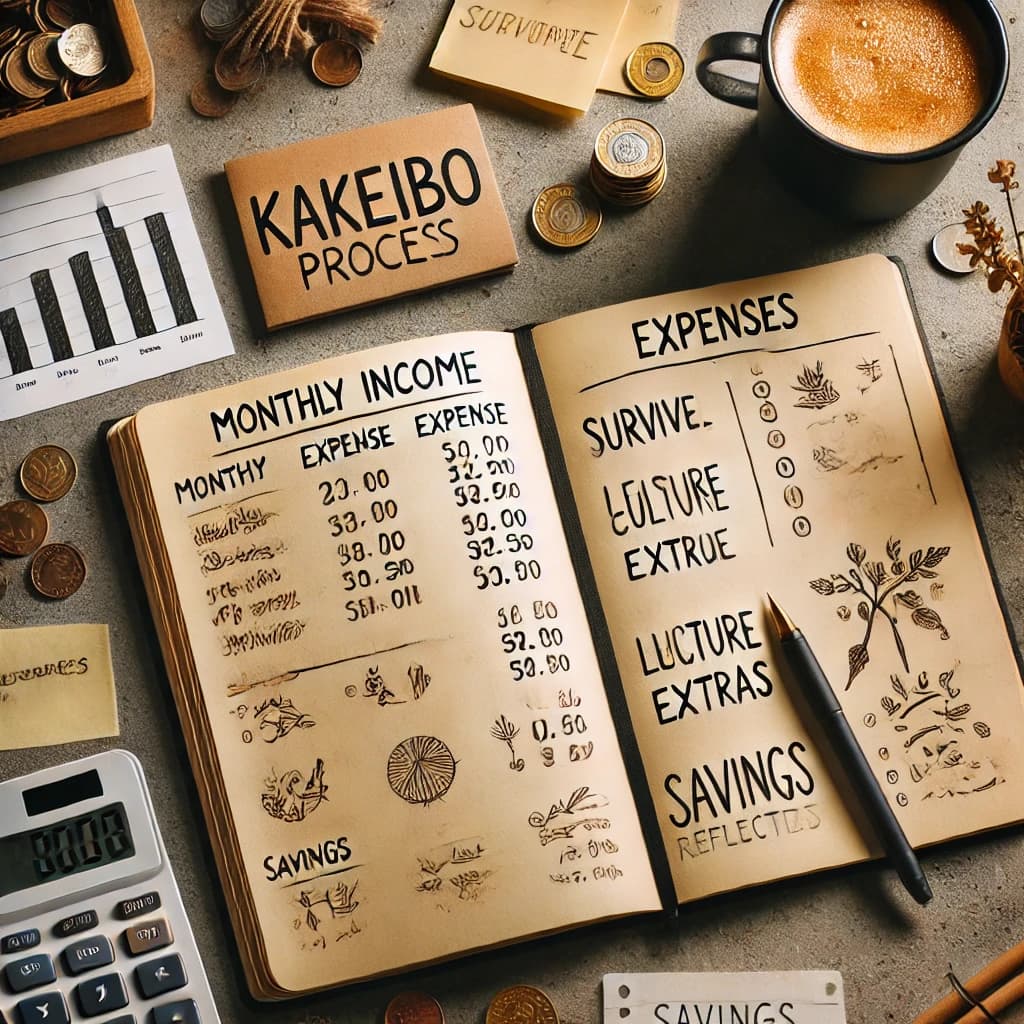Take control of your finances: 6 steps to defining your budget in 2025
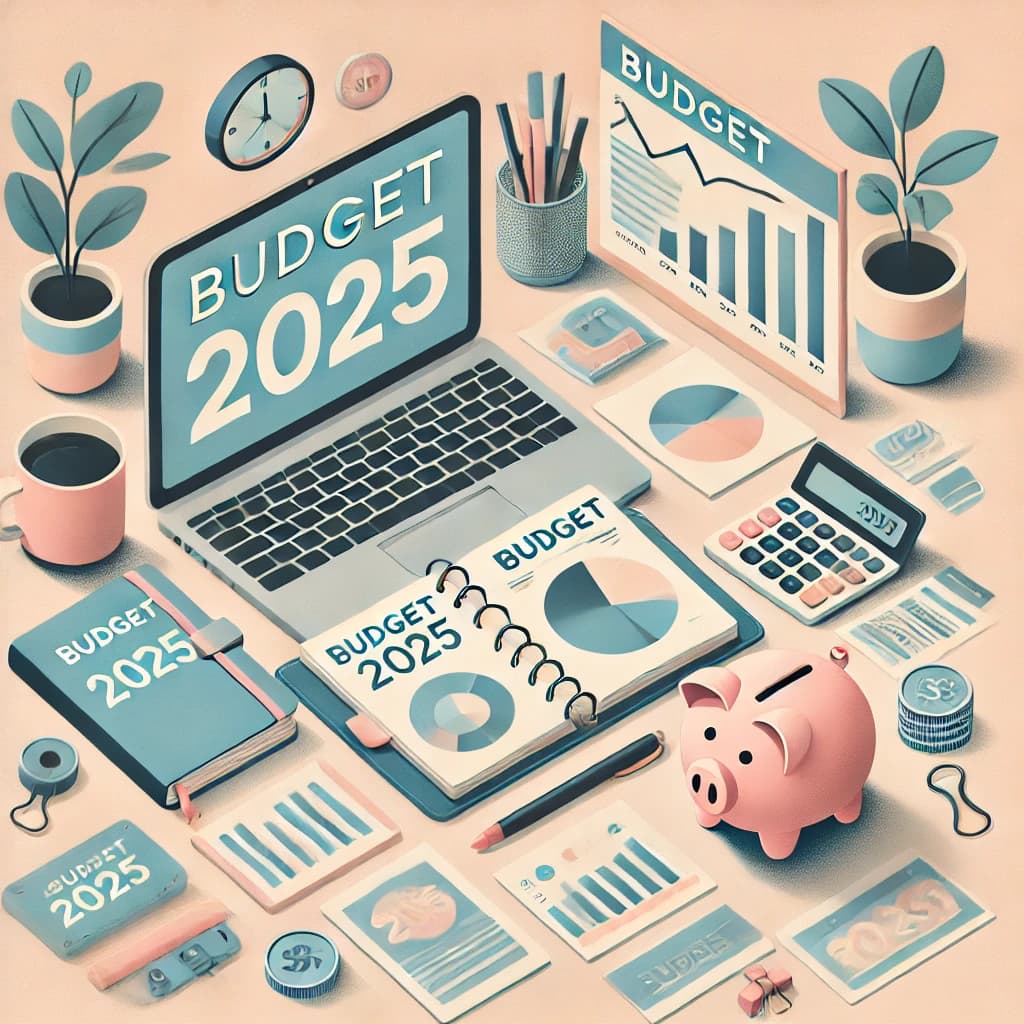
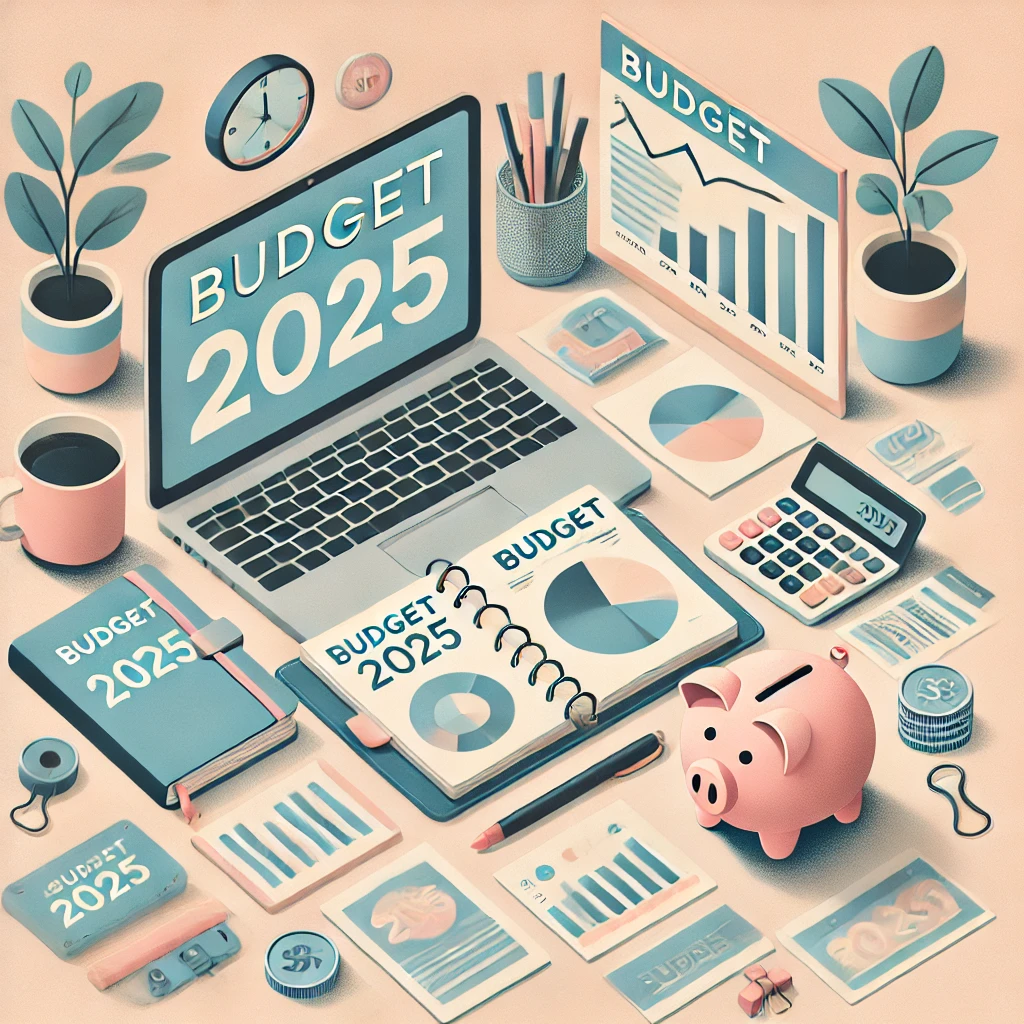
Managing your personal finances is one of the pillars of a more serene life aligned with your goals. Yet many people are reluctant to get started, for fear of restrictions or lack of clear tools. In reality, a well-defined budget is not a constraint, but an opportunity to regain control and prioritise what really matters.
In this article, I'll show you how to make 2025 the year you optimise your finances and lay the foundations for a stronger financial future.
Why set a budget for 2025?
You may be one of those people who says to yourself: 'I already know how much I earn and I'm careful about my spending. Why do I need a budget?' Yet a structured budget goes far beyond simply keeping track of your income and expenditure. It's a strategic tool that can transform your relationship with money.
The benefits of a clear budget
- Reduced financial stress: No need to panic when an unexpected bill arrives.
- Clarity about your priorities: Your spending reflects what's really important to you.
- Progress towards your goals: Whether it's a trip, a property purchase or paying off your debts, a budget gives you the method to get there.
2025 could be the year you break out of the vicious circle of 'difficult month ends' and start building a solid financial future.
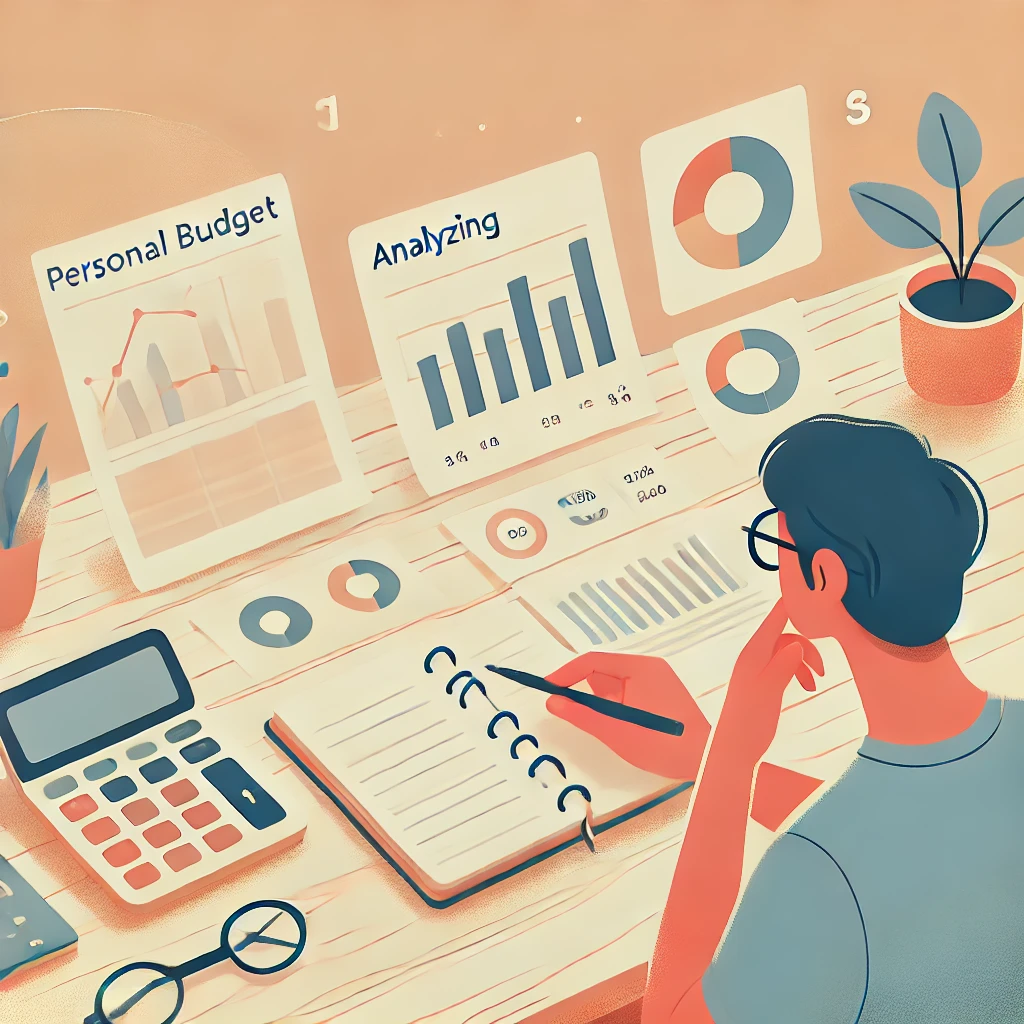 Step 1: Conduct an audit of your current finances
Step 1: Conduct an audit of your current finances
Before drawing up a budget, take the time to understand your current situation. This means facing up to reality, even if it's uncomfortable.
How do you do this?
- Identify your income: Make a note of all your income, including your salary, passive income or any other regular income.
- Analyse your fixed expenses: Rent, subscriptions, insurance. These are expenses over which you have little flexibility.
- Identify your variable expenses: Leisure, restaurants, shopping. These categories often offer room for adjustment.
- Look at your debts: Credit cards, student loans, car loans. This information is crucial for establishing your priorities.
A simple Excel spreadsheet or a sheet of paper may suffice for this first step. The aim is to get a clear and honest overview of your situation.
Remember: Until you know your financial habits, you can't optimise them.
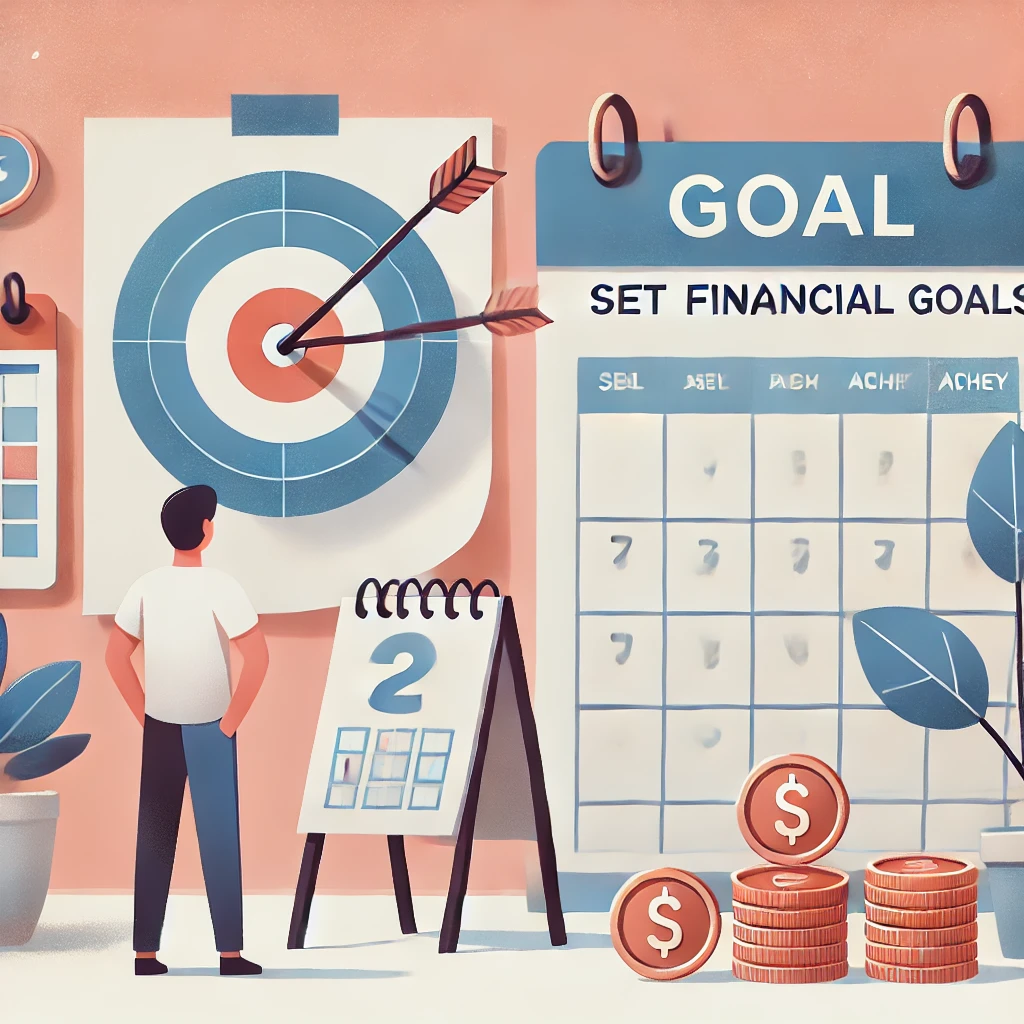 Step 2: Setting financial targets
Step 2: Setting financial targets
Now that you know where you stand, it's time to think about where you want to go. Your goals should be clear, measurable and realistic.
Examples of financial goals for 2025
- Short-term: Save €1,000 for an emergency fund by June.
- Medium-term: Reduce your debts by 20% by December.
- Long-term: Save for a property contribution or an entrepreneurial project.
Why set goals?
Having objectives gives meaning to your budget. It's what turns a technical exercise into a genuine personal project. Every euro you save or spend becomes a step towards your ambitions.
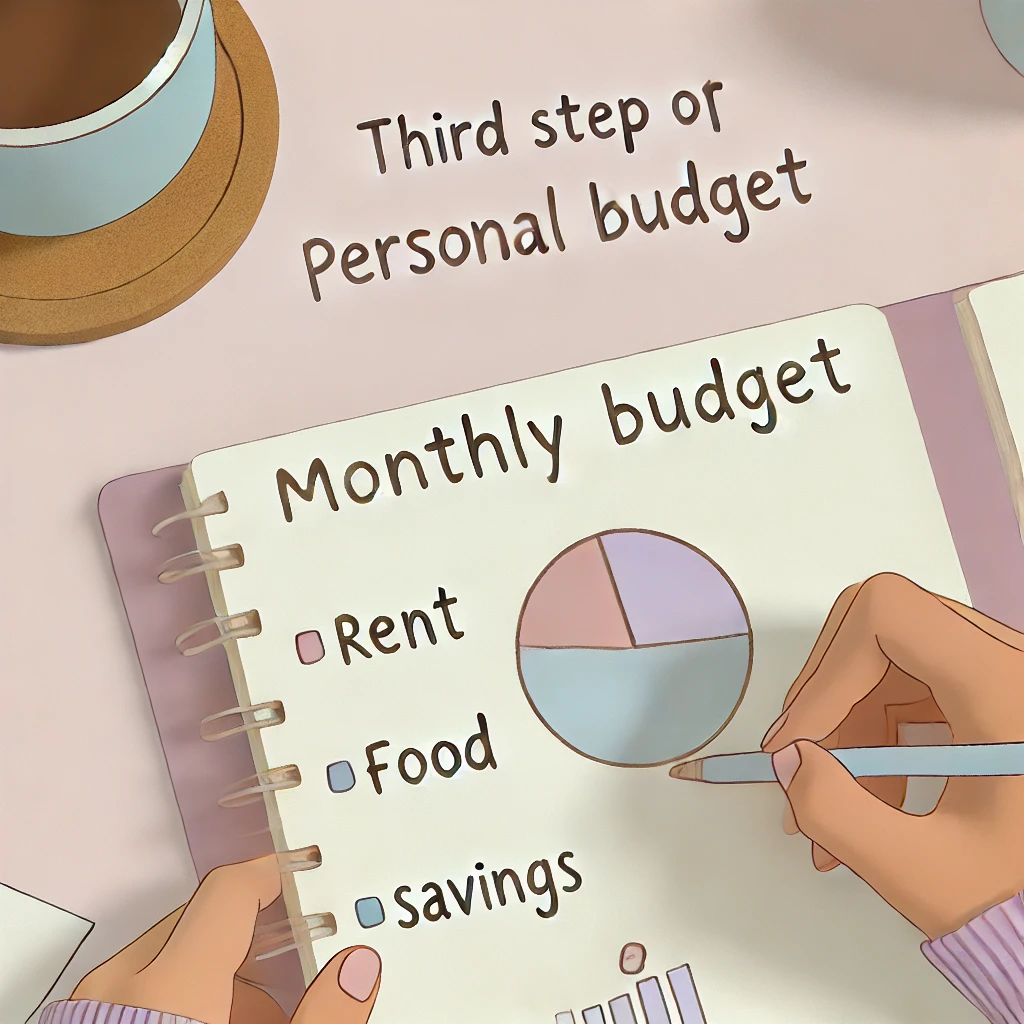 Step 3: Build a budget to suit your life
Step 3: Build a budget to suit your life
A budget is a representation of your priorities. It should not be rigid, but structured enough to guide you.
The 50/30/20 method
This method is popular because it is simple to apply:
- 50% for essential needs : Rent, food, transport.
- 30% for desires : Leisure, restaurants, activities.
- 20% for savings or debt repayment: emergency funds, investments.
If your essential expenses exceed 50%, try to cut back on certain items, such as unnecessary subscriptions or expensive insurance.
Tip: If the 50/30/20 rule doesn't suit your situation, adjust it. The most important thing is that it reflects your priorities.
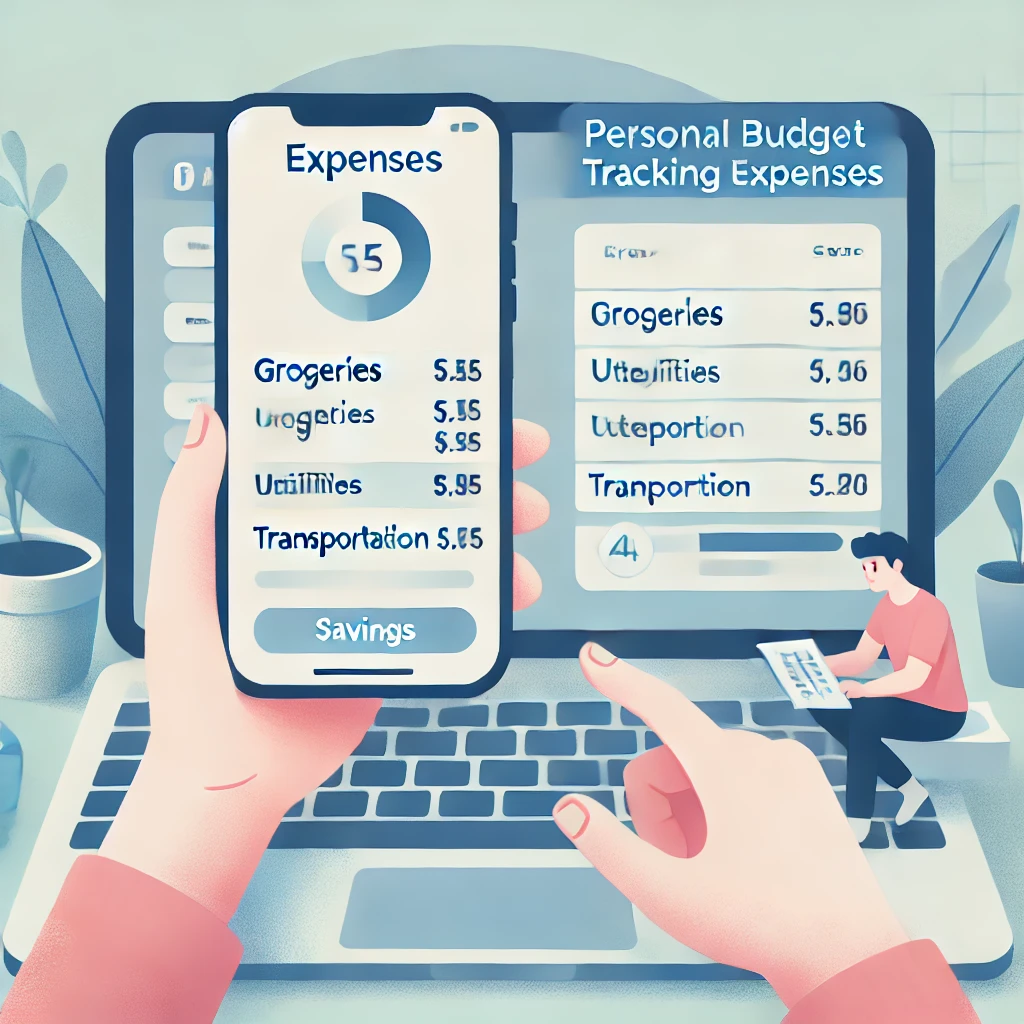 Step 4: Set up regular monitoring
Step 4: Set up regular monitoring
Creating a budget is good. Monitoring it is even better. To do this, you need a system that allows you to stay aligned with your objectives month after month.
Tips for effective tracking
- Set aside a dedicated time each month: Take an hour to analyse your spending and adjust your categories.
- Automate as much as possible: Schedule automatic transfers to your savings accounts.
- Be flexible: The unexpected happens. Adjust your budget without guilt.
Regular monitoring helps you to spot slippage quickly and stay motivated.
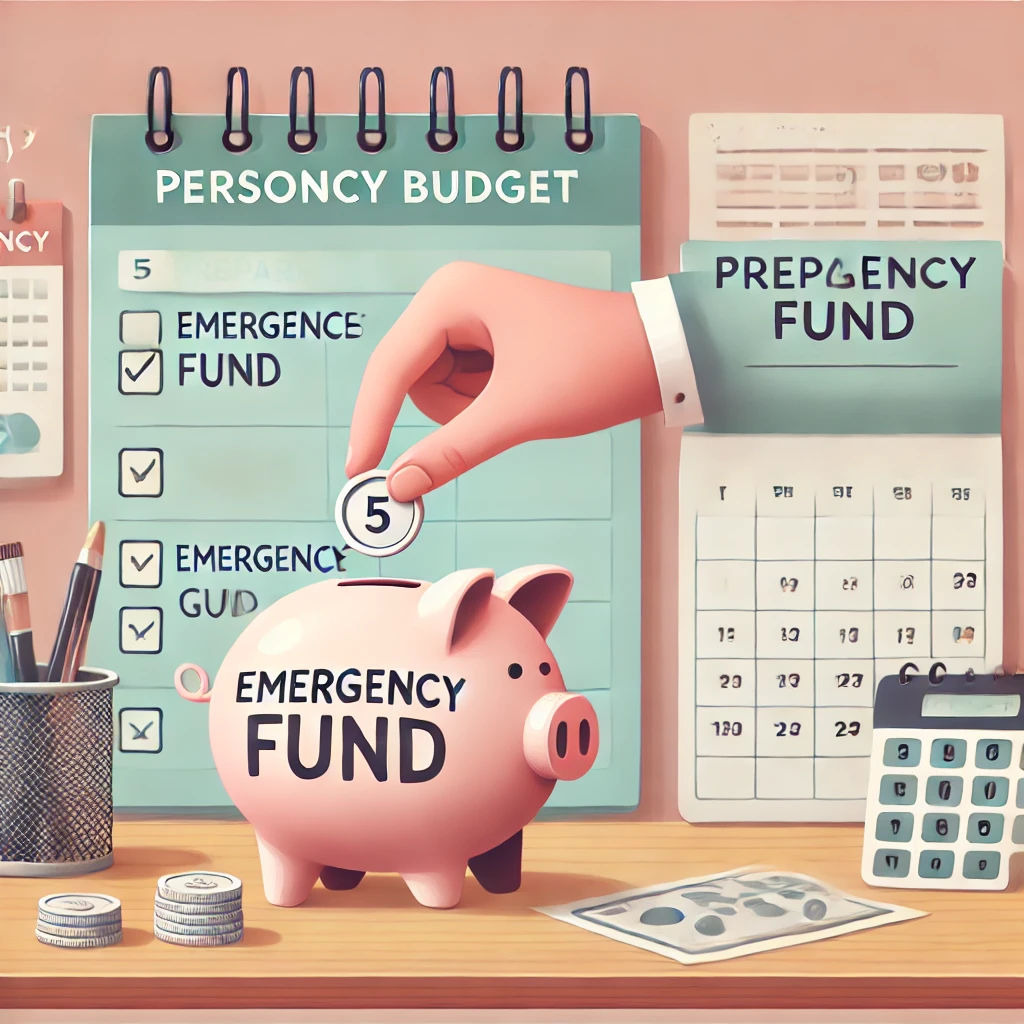 Step 5: Anticipating and managing the unexpected
Step 5: Anticipating and managing the unexpected
Life is unpredictable, and even the most perfect budget can be thrown off course by emergencies. That's why providing for an emergency fund is crucial.
How do you set up an emergency fund?
- Set a target: 3 to 6 months of essential expenses.
- Start small: Even €500 can make a difference in times of need.
- Put that money out of reach: Use a separate savings account to avoid temptation.
Remember: An emergency fund is a priority, even before investing or paying off secondary debts.
 Step 6: Stay motivated and celebrate your progress
Step 6: Stay motivated and celebrate your progress
Managing a budget requires discipline, but it doesn't have to be an austere experience. **Take the time to celebrate your successes.
How can you stay motivated?
- See your progress: Use graphs to track your savings.
- Reward yourself: When you reach a goal, give yourself a small reward.
- Remember why you started: Keep your goals in mind, especially when the going gets tough.
Conclusion: Take control of your future
Setting a budget for 2025 is not just a good resolution, it's a concrete action to improve your life. By following these steps, you'll not only be better prepared financially, but also more confident about the future.
Don't put it off. Every little step you take counts and brings you closer to a financially balanced and fulfilling life.
If you want to go even further, try the Boney app, designed to help you manage your finances with ease and clarity. Sign up now and transform your finances in 2025!





